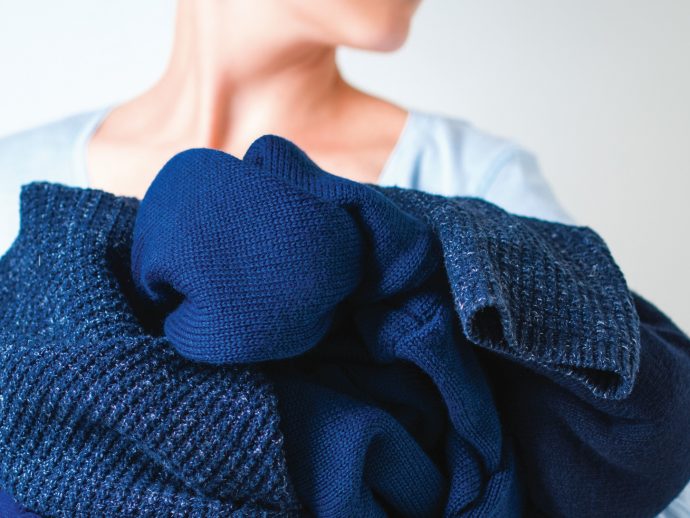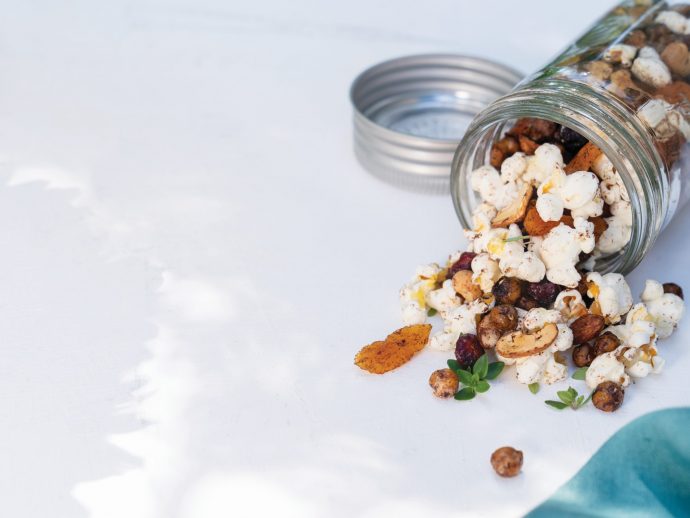
In the 1980s and 90s, a new production strategy appeared on the fashion scene that made acquiring trendy, inexpensive fashion a reality for the mainstream: fast fashion. Sure, these clothes fit with current trends, but they don’t last long, ensuring the consumer buys more.
Clothes aren’t just clothes: as consumers, we need to shift our focus to see the resources and labour that went into them. With back-to-school shopping just around the corner, it’s time to rethink our purchasing habits. Here’s how we fight back.
Who made your clothes?
Many of us remember the 2013 Rana Plaza disaster, in which 1,134 people were killed and thousands were injured when a Bangladesh garment factory collapsed. It’s one horrendous example of the working conditions of those in the fashion industry around the world, but it’s hardly the only one.
What goes into your clothes?
- Water It takes approximately 2,700 litres of water to make a single cotton T-shirt, which is enough for a person to stay hydrated for two and a half years.
- Petrochemicals About 98 million tonnes of nonrenewable resources (such as petrochemicals) are used to make clothing every year.
- Dyes Then there’s textile dyes, many of which are toxic. According to the United Nations, the fashion industry produces 20 percent of the world’s wastewater, contaminating the local waterways.
- Microplastic And let’s not forget microplastic: the tiny bits of plastic that are shed from synthetic clothing (such as polyester, acrylic, and nylon), mostly in the laundry.
Where does cheap clothing go to die?
A garbage truck’s worth of clothing is discarded every second: either sent to landfills or burned. What about clothing that’s donated? Although it might feel good to donate our unwanted clothes, we need to be careful: there’s simply too much supply and not enough demand.
Let’s fix the problem
Consider these strategies.
Buy less
It’s imperative that we go through resources at a much, much slower rate. Look for second-hand clothing options when you need something, allowing more resources to be saved.
Prioritize quality rather than quantity
When you do buy a new item, look for items that are made well, with quality fabric and stitching. See if there’s a warranty or if the item can be repaired in the future.
Shop sustainably and ethically
This can mean a myriad of things, such as
- supporting local small-scale designers
- looking for clothing made from sustainable materials (such as organic cotton, linen, or hemp) or upcycled materials (such as recycled materials or deadstock) and nontoxic dyes
- choosing clothing with certifications such as Fairtrade, RWS (for wool), GOTS organic, OEKO-TEX®, or BLUESIGN
Take good care of your clothes
Learn the laundry codes on clothing labels and follow them; deal with stains immediately.
Mend your clothes
Either do it yourself (look up “visible mending”) or take them to a pro (a smart choice for bags and shoes).
Dispose properly
Pass your clothes on to others (maybe host a clothing swap!); save them for crafts or mending projects; use them as rags; donate responsibly; or research textile recycling programs near you.
Written by Leah Payne






